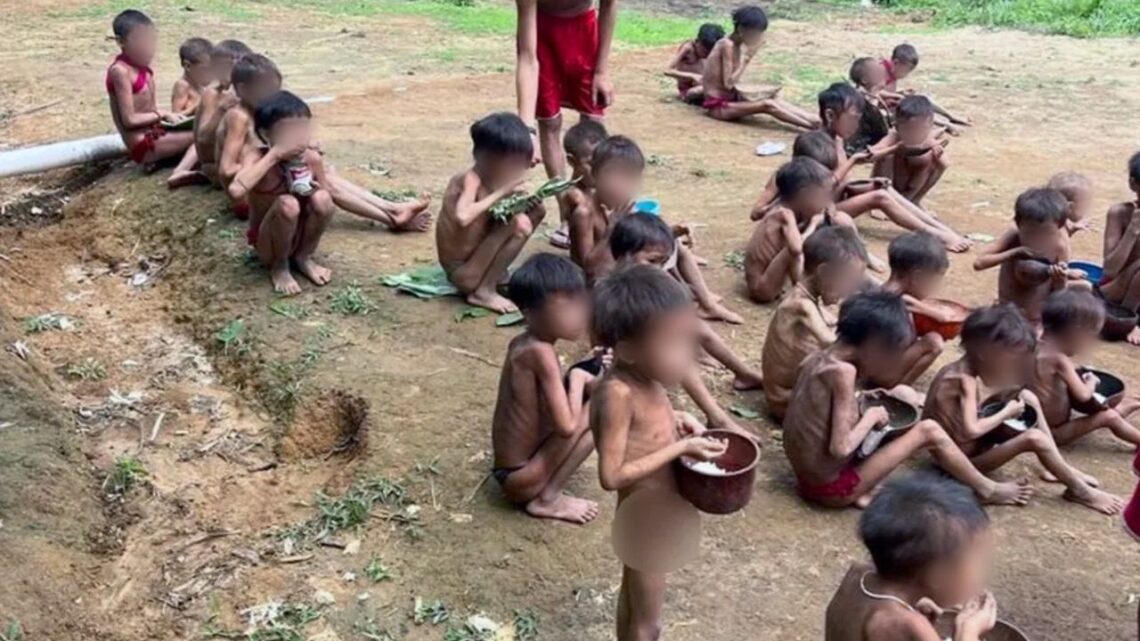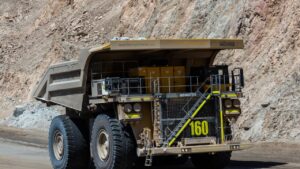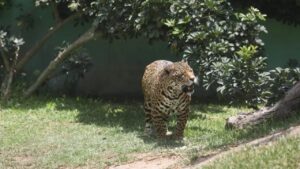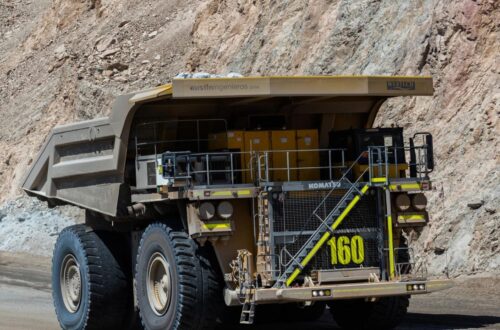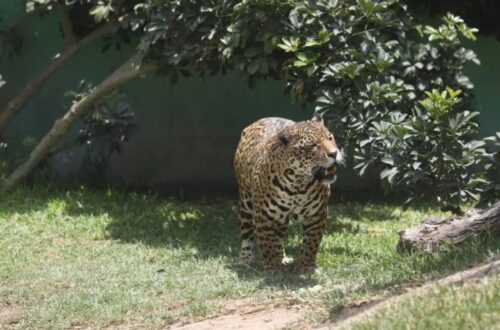The vast Amazon Rainforest is home to some of the world’s most isolated Indigenous peoples—groups living in voluntary isolation, untouched by mainstream society. Yet in both Brazil and Peru the protection of these uncontacted tribes is faltering.
The result isn’t just tragic for the tribes themselves—it places the future of the Amazon ecosystem at serious risk.
Why this matters
The Amazon serves as a global climate regulator, a vast carbon sink, and a habitat for unparalleled biodiversity.
At the same time, its remote corners are home to dozens of Indigenous groups who choose limited or no contact with the outside world. Their protection and land rights are deeply intertwined with forest conservation and Indigenous-rights goals.
The scale of the issue
Here are some key details:
| Country | Estimated number of uncontacted/isolated groups | Status of land protection & threats |
|---|---|---|
| Brazil | More than 100 uncontacted groups in its Amazon region | Frequent incursions by loggers, ranchers and miners; disease risks due to exposure |
| Peru | Around 20 or more uncontacted tribes documented | Over 70% of the Amazon region leased or under concession for extraction; logging and mining are undermining protected zones |
| Combined key fact | The majority of the world’s known uncontacted Amazon-tribes live in Brazil or Peru | Protection is weak, and threats are rising rapidly |
In short: while Brazil and Peru host the bulk of these peoples across South America, their protections are inadequate, and the threats are rising rapidly.
The key threats and failures
1. Industrial encroachment
In Peru, large swathes of the Amazon have been leased to oil, gas and mining companies—even overlapping territories of uncontacted tribes. In Brazil, loggers and ranchers penetrate deep forest zones where isolated tribes live, bringing deforestation and disruption.
2. Health and contact risks
These communities lack immunity to common diseases. Even minimal contact can trigger huge losses of life. Many uncontacted groups in Brazil have suffered drastic population declines after subtle exposure to outsiders.
3. Legal protection gaps
While both countries have laws on paper, enforcement is weak. In Peru, although some reserves exist, others remain unprotected despite known tribes living there.
In Brazil, the tracts of land inhabited by uncontacted groups suffer invasions and weak monitoring.
4. Impact on the Amazon ecosystem
When the land of uncontacted tribes is invaded, deforestation and resource extraction follow. This undermines the forest’s ability to sequester carbon, maintain biodiversity and regulate climate. In effect, neglecting these peoples is also neglecting the forest they protect.
What the governments are doing—and not doing
- In Peru, the government has established some large reserves to protect isolated peoples. Yet simultaneously, oil and mining concessions continue to overlap these zones, creating a serious conflict of interests.
- In Brazil, the national Indigenous agency formally recognises many uncontacted tribes, but the front-line monitoring and enforcement are lacking. Logging roads, ranching operations and mining still penetrate remote zones.
- Both countries face global climate pressures. With international goals tied to Amazon preservation, the fate of isolated tribes is increasingly seen as connected to global survival.
Why uncontacted tribes are crucial for the Amazon
- These groups often live in some of the most remote and pristine forest areas. Their traditional land-use methods are sustainable, largely low-impact.
- Their very existence is an indicator of forest health: where they survive, the forest is relatively intact.
- When their territories are invaded, deforestation accelerates, ecosystem integrity weakens, and carbon‐storage capacity falls.
The unfolding neglect in Brazil and Peru of uncontacted Indigenous peoples is an urgent alarm. When these communities lose their land, face disease, or are forced into contact, we do not lose just a culture—we lose forest guardians.
The Amazon’s future hinges on protecting both its people and its ecology. Ignoring that link endangers global climate, biodiversity and the very identity of these Indigenous groups. Failing the uncontacted peoples truly means failing the Amazon.

